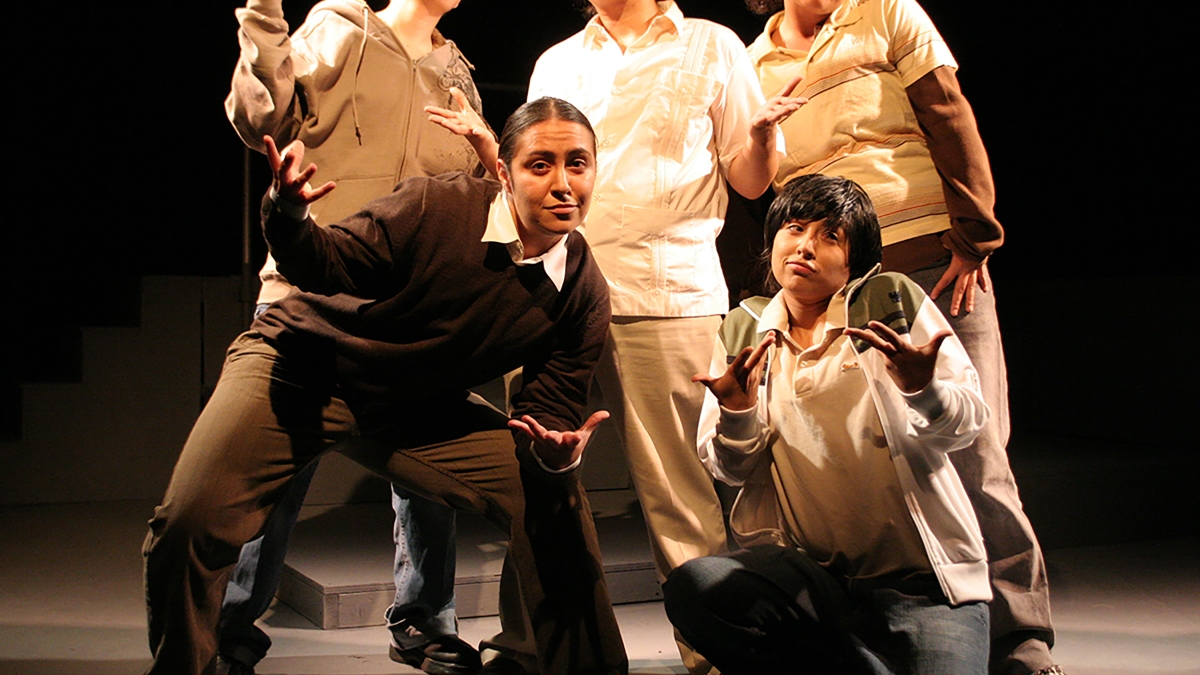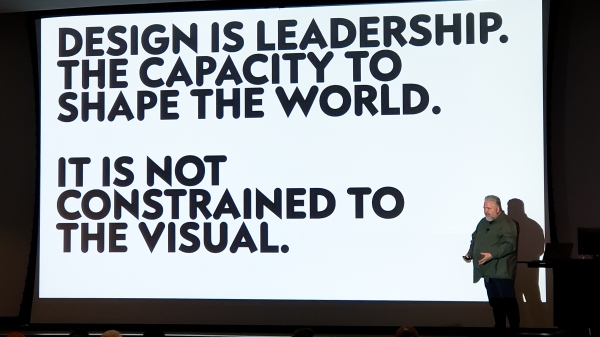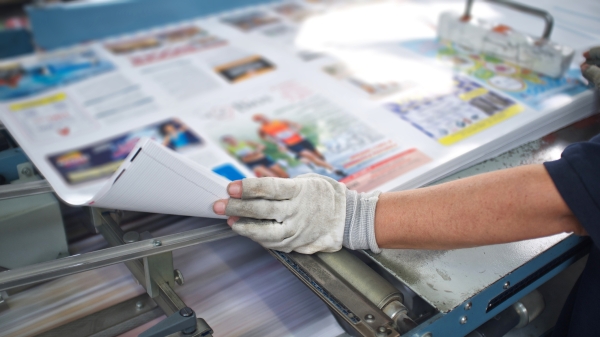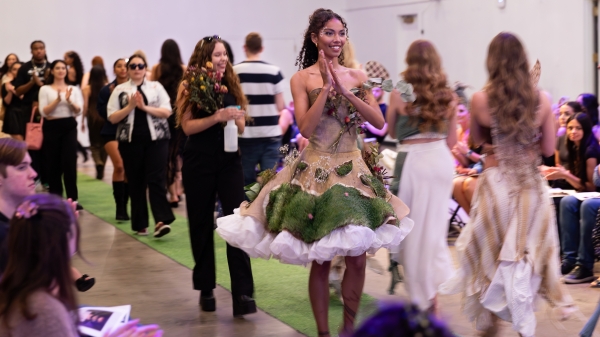The show must go on: ASU's School of Film, Dance and Theatre holds first-ever virtual auditions

From upper left to lower right: Stephanie Gentry-Fernandez, Maritza Cervantes, Yadira Correa, Gina Cornejo and Belinda Cervantes in Teatro Luna's production of "Machos." Photo by Johnny Knight.
Professors, students and staff around the world are adapting to new learning environments for their classes, but what about educational experiences and activities beyond the classroom?
For theater students at Arizona State University, a crucial component to their curriculum is the work they put into productions produced by the School of Film, Dance and Theatre, both behind the scenes and on the stage.
In an effort to help slow the spread of COVID-19, spring theater productions have been postponed and cancelled, and the school is looking to the fall semester. Planning for fall shows, including the crucial step of casting, always begins early in the spring. So the school held its first-ever virtual auditions the last weekend in March.
“The whole thing has been a beautiful learning experience and one I feel quite privileged to have been a part of,” said Alexandra Meda, director of the school’s fall production of “Machos,” an investigation of what is macho, or what is masculinity.
“Machos,” which is slated to premiere at ASU in October, comes from an anti-suppression group that examines how gender is performed.
In 2006, frustrated by the patriarchy and its impact on all genders, Teatro Luna, a Latina and women-of-color theater company where Meda serves as artistic director, set out to ask men this question directly: "What does it mean to be a man and what are you really thinking?"
The result was “Machos,” a performance drawn from interviews with 100 men nationwide and performed in drag by the all-female social justice theater company in 2007 and 2008 in Chicago and on a regional tour to colleges and universities.
The initial auditions and callbacks for the fall performance at ASU were held via Zoom over the course of three days, and the feedback, although varied, was mostly positive. The school’s production manager, Carolyn Koch, said it was a “really smooth process.”
“It was easy to move people in and out of the breakout rooms so that they have a private audition with the director,” she said. “For the callbacks, the director and choreographer met with all of the performers together. They each got to participate equally and share their interpretation of the prompts. Everyone seemed very relaxed and at ease.”
Koch said one benefit to virtual auditions is that performers can audition from anywhere, which could allow more people the chance of being cast in a show for future auditions.
“Even if we were not in the current situation, I think some of this could be helpful because it allows someone to participate without needing to be physically present,” Koch said. “So they don’t have to allow for travel time from their place of work, et cetera.”
Hugo Crick-Furman, a third-year theater major, is not unfamiliar to auditioning via an online tool. However, this was their first live virtual audition.
“A live but virtual audition process seems to be made of the worst of both worlds, really — the liveness and inability to do multiple takes that makes physical auditions so nerve-wracking, coupled with the limitations of having to express a physical artform through a digital medium.”
However, Crick-Furman said, Meda made the process for the “Machos” auditions a positive experience.
“The director managed to create a very calm space that was open to the possibility of risk-taking — ideal for any audition environment.”
Meda credited the actors with helping to facilitate a constructive setting for the auditions and said she was proud of all the participants.
“My process is all about identifying a level of deep-knitted group dynamics, and the best way to do this is to put everyone in a room together and see how they interact, who supports whom, and who is able to model leadership and compassion while also showcasing their artistic soul,” she said. “Not an easy formula. Luckily the group of actors we invited back to callbacks came with such an incredibly generous spirit we were able to, within 90 minutes, really drive some real connections.”
Meda said the show is not fully cast yet and recognizes some students may not have had the chance to audition in the chaos of all the changes. She said they are adjusting the timeline to allow for any additional auditions that still might need to take place.
More Arts, humanities and education

Designer behind ASU’s brand named newest Herberger Institute Professor
Bruce Mau, co-founder and CEO of the Chicago-based holistic design consultancy Massive Change Network, has joined Arizona State…

Small presses dealt big blow
A mighty rumble reverberated throughout the publishing industry late last month with the abrupt closure of a well-known book…

'Living dress' wins Eco-Chic sustainable fashion contest
When Elena Marshall is done showing off her award-winning “living dress,” she’ll bury it in her backyard. The dress, a chic…